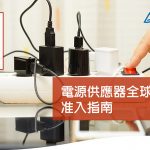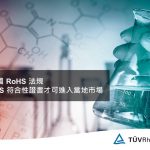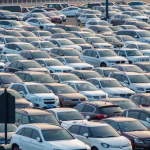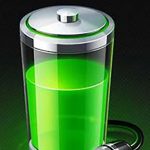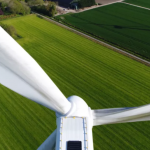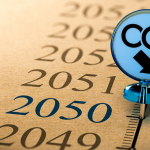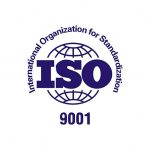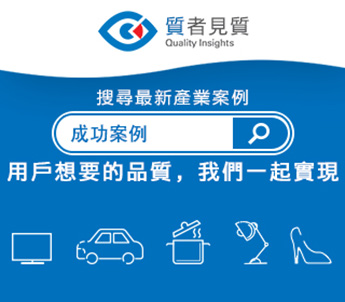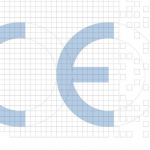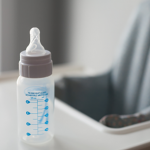Hydrogen Blending Technology Transforms Urban Energy Transition

Since October 2022, TÜV Rheinland, German energy supplier GVG Rhein-Erft, and network operator Rheinische Netzgesellschaft (RNG) have been testing the impact of adding 20% of hydrogen to the gas network in Erftstadt, near Cologne, Germany.
Due to the density, molecule size, explosive limits, and hydrogen embrittlement corrosion of hydrogen, it may pose risks of pipeline leaks or explosions. Blended hydrogen can pose varying safety threats to natural gas pipelines of different ages, materials, operational pressures, and valve system designs, as well as gas supply devices and gas appliances. Thus, the main purpose of this verification plan is to assess the feasibility and effects of adding hydrogen to the natural gas network.
Based on the verification parameters, TÜV Rheinland selected 100 representative households from the Niederberg, Borr, and Friesheim regions in Germany. This project is expected to continue until December 2023. TÜV Rheinland first conducted a unique field test on a 9-kilometer-long L-gas network, initially blending 10% hydrogen with natural gas, and then gradually increasing it to 15% after four weeks. Since October 2022, the natural gas network has been operating successfully with a 20% hydrogen mixture.
Big Data Analysis of 100 Household Tests
According to the extensive midterm data from TÜV Rheinland, it confirms that all connected gas supply devices operate normally. Moreover, when using natural gas mixed with 20% hydrogen as fuel, household and business gas supply devices do not need any modifications or adjustments. To ensure compatibility under various hydrogen operation conditions, the TÜV Rheinland team conducted tests using a mixed gas containing 23% hydrogen. This meticulous approach can verify the suitability of all gas supply devices and gas appliances within the test area. To simultaneously monitor the operational data of the upstream and downstream gas network, special measuring equipment from Swiss company MEMS AG has been installed in selected households to continuously monitor the hydrogen content of the gas mixture on-site.
Reiner Verbert, Project Manager of the TÜV Rheinland’s verification plan, explained, “So far, German regulations only allow 10% hydrogen by volume to be mixed into the natural gas network. Current tests prove that the natural gas network and connected gas supply devices and gas appliances can withstand hydrogen mixtures up to double the regulatory requirements.” Another notable aspect: this is the first time such tests have been conducted in Germany’s liquefied natural gas network. Most parts of western Germany still supply L-gas (containing 80-87% methane), which has different properties and sources from H-gas (containing 87-99% methane).
Power-to-Gas: Laying the Foundation for Diverse Hydrogen Applications
The success of this verification project is vital for the energy transition, carbon reduction, and green hydrogen transportation strategy. The existing natural gas network is an ideal transport and storage facility for green hydrogen (a carbon-neutral gas). Additionally, hydrogen is a high-efficiency secondary energy carrier, so the green hydrogen natural gas network can serve as a backup transportation option for the green electricity grid. Germany currently has 500,000 kilometers of natural gas networks. Besides expanding wind energy, photovoltaics, and heat pump installations, the existing natural gas network can make significant contributions to decarbonization goals through the Power-to-Gas mechanism. To further verify the technical possibility of blending up to 30% hydrogen into the existing natural gas urban network and expand to other countries, TÜV Rheinland plans to broaden its testing scope.
熱門分享





